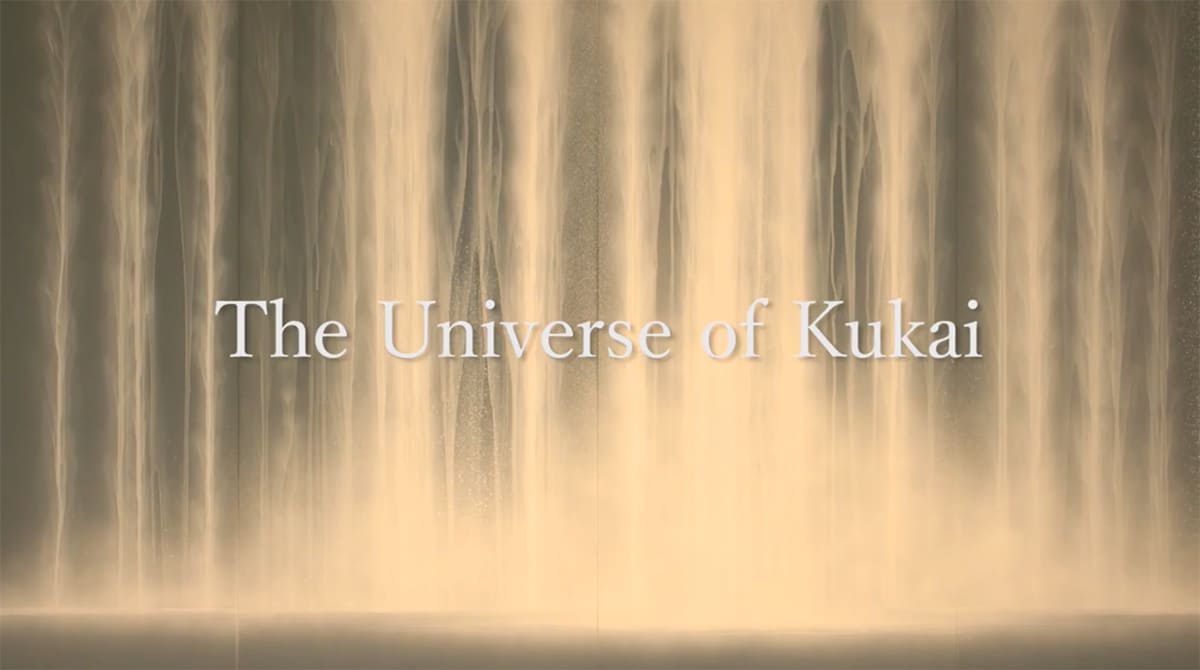

This is the story of how Hiroshi Senju, the greatest living Japanese painter, painted his masterpiece on the sliding doors of Kongobuji Temple, one of the most famous Shingon esoteric Buddhism temples in Japan.
For the first time, a soul is breathed into the sliding doors, which had remained white for more than 1,200 years since their establishment.
The story is told against the backdrop of the unknown world of the temple's rigorous ascetic practices that have been handed down over the millennium, and the beautiful seasonal scenery of the deep mountain sanctuary.
After the NHK BSP broadcast, an English version of the film will be produced for broadcast and event planning in North America.


Click the image to watch the video.
Yasuo Kuniyoshi (1889-1953), a Western-style painter representing the U.S. in the first half of the 20th century, was an Asian immigrant who could not obtain U.S. citizenship under the laws of the time, but as one of the leaders of artists across the country, he led a social movement to improve artists' rights and later became the U.S. representative at the Venice Biennale.
Kuniyoshi's life embodies the tolerance of American democracy and its contradictions, and reveals various social issues that continue to be addressed today.
We will produce an academic documentary film with the Kuniyoshi Yasuo Research Chair at Okayama University that examines Kuniyoshi from various academic fields, such as immigration, race, and modern history.


Kanjiro Kawai was a ceramic artist active in the Taisho and Showa periods.
His work was not limited to ceramics, but also encompassed woodcarving, architecture, and design. As he was called "a poet of clay and fire," Kawai left behind many words and writings in addition to his creative works, in which we can see his deep philosophy.
This year (2023) marks the 50th anniversary of the opening of Kawai's Kyoto-based residence, workshop, and kiln to the public by the Kawai family, and we would like to introduce Kawai's lifestyle as well as his achievements in this commemorative documentary film.
Since her debut with the New York Philharmonic in 1982 at the age of 11 as a child prodigy, Midori Goto has won the hearts of her audiences with her finely honed technique and graceful style, and has performed with many leading musicians such as Bernstein, Abbado, Mehta, Ozawa, Berlin and Vienna Philharmonic, etc.
In 1992, she founded the non-profit organization Midori & Friends (NY) and the accredited corporation Music Sharing (Japan).
The latter of which travels annually to Asia, including Japan with elite musicians to bring "real music" to people who are still far away from the art of music.
Before she was a violinist, musician, and artist, she was a human being, and through her beloved instrument, the Guarneri del Gesu "Ex Hubermann," she has taught many children about the beauty of music, love, and peace.
The film marks the 40th anniversary of her debut and the 30th anniversary of her social contribution activities.

Photo: S. Suzuki